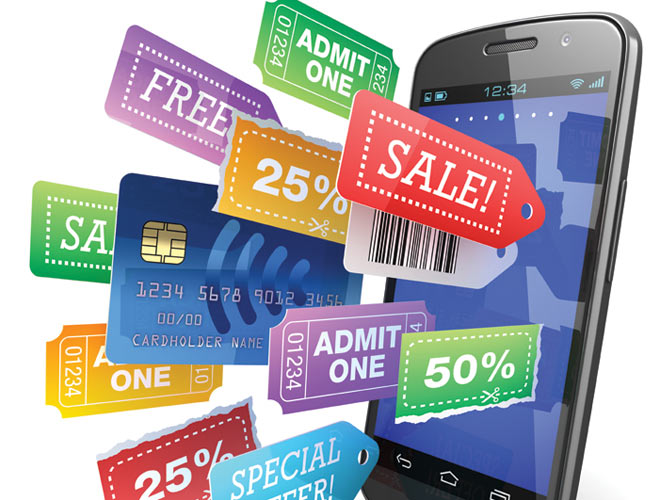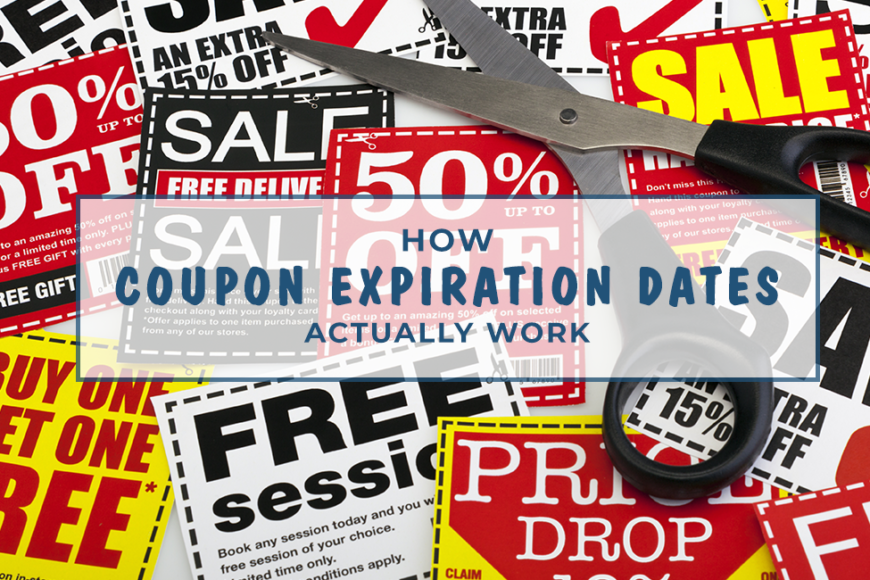We live in a digital world. Pretty much anything you can do in real life – you can do online. You can talk to other people, pay your bills, do your work, shop and so on. Now, if you had to guess, what would you say is people’s favourite thing to do online, aside from aimless scrolling through social media fees? If you guessed online shopping – you guessed correctly.
There’s just something so pleasant and convenient when you’re shopping online. You’re not waiting in lines, you don’t have to walk through a mall for hours at a time and frankly, you don’t even have to open your wallet. Spending money online is much easier than it should be, honestly. All it takes is a few clicks and before you know it you’ve spent most of your monthly earnings on t-shirts, rings and a mobile game and yes, I’m speaking from experience, unfortunately.
Digital Coupons – Our Saviours?

Source:retail360asia
Now, luckily for all of us – there is a way to save some of that money that we so eagerly spend every time we hop on the Amazon. Yes, we’re talking about digital coupons. The puppies are probably the greatest invention since the internet. You find one, you use it and you save a shave a few dollars off of your order – pretty sweet, am I right?
Well, just like any other sweet thing, people have found a way to ruin it. Some horrible human being thought that would be great if they were to create a fake coupon so they can scam you and now there are millions of fake coupons all over the internet and people are falling victims to it every single day. Now, if those coupons were just useless, it wouldn’t be a big deal, you’d just find a new one. However, these fake ones are mostly designed to scam you out of your money or steal your personal information, so, you have to be careful.
On that note, we’ve decided to help you out. In the following of this article, we’re going to teach you how to teal a real coupon from a fake one, so you can continue enjoying your online shopping sprees without worrying about anything other than was another pair of boots really necessary. So, let’s get started.
1. There’s No Redirecting Link
In most cases, a real coupon would come alongside a link that would take you to the retailer’s website or an online shop, where you could redeem the coupon. If you stumble upon a coupon that looks pretty legitimate but there’s no link to the seller’s website – you’re probably dealing with a scam. Also, if there’s a link, but you can’t tell anything about it from looking at it, we’d suggest not clicking on it. Genuine offers wouldn’t mask their links through redirecting sites.
2. Look At The Expiration Date

Source:couponing101.com
To create a sense of urgency, most coupons come with expiration dates. It’s quite common for digital vouchers to have an expiration date that’s quite near the release date, meaning, most coupons will only last a few weeks or a month. So, before you try and redeem it – look for an expiration date. If you can’t seem to find one or if the date’s set far in the future – it’s probably a scam. No company will make a coupon that’s going to last for years – that’s just bad business. So, always make sure to check for a date.
3. Check The Source
You should never try and use a coupon that you don’t know where it came from. In most cases, legitimate vouchers will come directly from the source, meaning the company’s website and if that’s the case – you’re in the clear. Also, many reliable websites list coupons, so it’s not like you can’t find them anywhere and you have to take what you can get. No, always make sure you know where it is coming from. For instance, if you’re looking at a coupon for Lucky Bike, it’s probably coming from this website and if it isn’t – don’t jump the gun. Take your time and find the source and check its reliability. Don’t fall victim to these scammers.
4. The Offer Is Too Good
Another thing that pretty much sets the real ones from the fake ones is the actual offer that’s on a voucher. You see, if you stumble upon a 90% discount code – that’s a major red flag. Just think about it. Have you ever seen anything discounted that much? Even when they’re selling the last piece, the stores won’t lower their prices that much. The best you can hope for is 70% and that’s for the actual last piece that no one wants because it’s either too small, too large or just plain horrendous. So, if the offer is too good to be true, more often than not, that’s exactly what it is.
5. You Have To Pay To Get It
Coupons are free and you should never spend money to get one. Sure, you can get rewarded with a coupon for a purchase you make, but we’re not talking about that. We’re talking about those scams that you can find online that require you to pay for a coupon. In most cases, it’s something along the lines of a $100 coupon for just $10 and that’s just ludicrous. First of all, why would anyone sell something worth $100 for a fraction of the price? Secondly, that’s not how couponing works, so stay away from those kinds of offers.
6. 100%-Off Coupons

Source:basementrepairsdunrite.com
There’s no such thing as a 100%-off discount. There are 2-for-1, 3-for-1 or 6-plus-1 deals, we’ll give you that, but there are no 0-for-1 deals anywhere. So, if you come across a coupon that claims to get you a certain item absolutely free of charge – just ignore it. If you try redeeming that coupon, you’ll probably lose more money than the thing you wanted would cost you in the first place.
There you have it. We won’t say it’s easy to spot a fake, because, quite frankly, it isn’t. Scammers have gotten pretty good these days. However, if you pay attention to any of the things we’ve mentioned you’re probably going to be okay. So, keep your eyes open and make sure you thoroughly check your coupon before using it. Take care.

